FARO In-ground luminaires

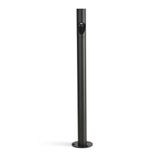

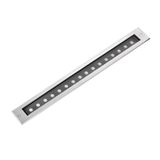
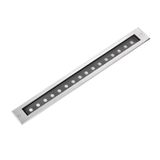
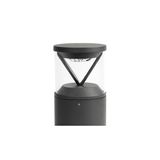

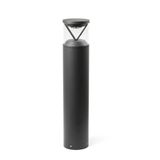
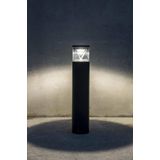
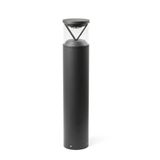
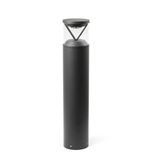
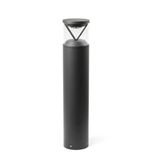
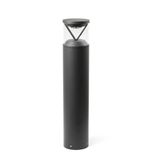
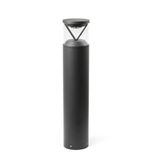
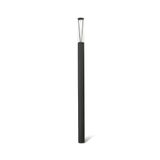
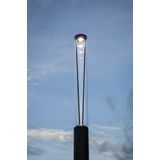
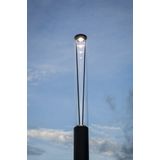
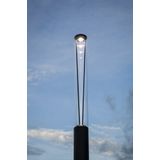
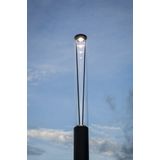
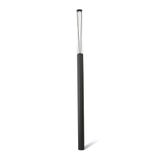
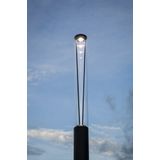

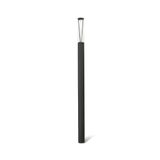



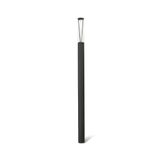
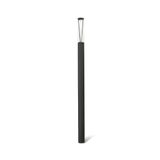
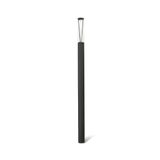
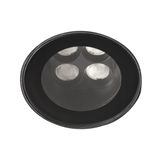

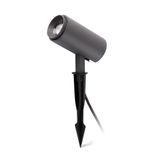
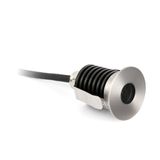

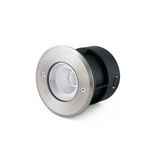

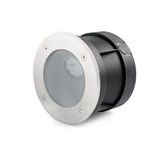
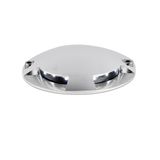


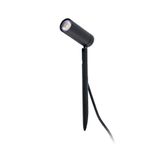
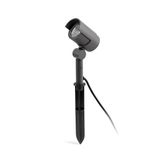
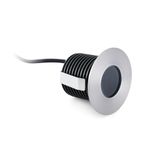
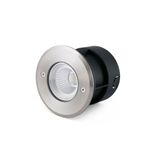

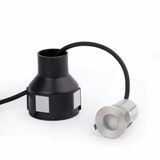

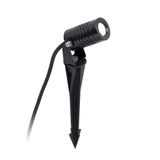
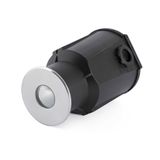

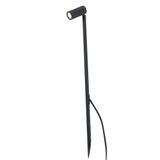
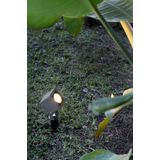
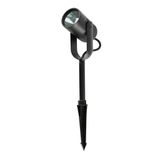
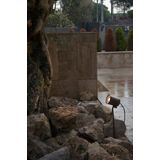

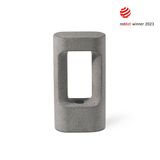
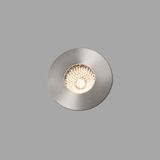



In exterior lighting schemes you often forget the ground-mounted gear until something fails. But the role of in-ground fixtures in paths, plazas, façades, landscapes is critical. Whether you’re lighting a park walkway, a hotel forecourt, or an open-air plaza, reliable ground fixtures matter for safety, aesthetics and maintenance budgets. From experience, Faro in-ground luminaires offer a pragmatic balance: they look clean, install without too much fuss, and hold up under real-world conditions (water ingress, pedestrian traffic, vibration). For procurement teams and installers this category covers in-ground lighting, recessed ground lighting, buried lights, ground-mounted luminaires and outdoor landscape lighting. You’ll usually see them in retrofit and new-build site works where surface noise, light spill, durability and service access all matter.
Technical characteristics of Faro in-ground luminaires
- Voltage / supply: typically 220–240 V AC mains supply (some models may allow 100-277 V for international compatibility).
- Ingress and impact protection: many units rated IP67 (protected against immersion and solids) and IK08 (or better) for mechanical impact.
- Mounting / installation format: flush-mounted bodies, often in stainless steel (e.g., 316L) or cast aluminium, sealed glass diffusers, designed for installation into paving, concrete or structural floor voids
- Light source / output: integrated high-power LED modules, typical wattage from ~3 W to ~15-W (or more), with lumen outputs varying significantly depending on model and beam angle (example: 13 W LED, IP67, for garden/terrace use).
- Operating conditions: ambient temperature range often from approx –20 °C up to +40‐45 °C (installers should verify exact spec).
- Certifications & photometrics: CE-certified, compliant with EN 60598 series for outdoor luminaires, many models include photometric files (useful for spacing & lux calculations).
- Mounting box / body features: flush-mount boxes provided, sized for the fixture cut-out; housing materials built for drive-over or pedestrian zones (example: weight support up to 1000 kg).
Practical use-cases – how Faro ground fixtures install and perform
On a recent project I walked a hotel plaza upgrade. The client wanted subtle light in the paving so you see the architecture, not the gear. We chose Faro inground lights: installed them flush in the paving, levelled the bodies, sealed the joints, wired to dimmable drivers. The fixture bodies were stainless steel, glass diffusers sat flush, IP67 meant we didn’t worry about rain or runoff. After six months the lights are still level, still clean, no misted glass. In another case we used ground-mounted luminaires in a public park promenade: installers embedded the sleeves in concrete, mounted the luminaire bodies, connected via low-voltage system, tested beam spread (wide angle for landscape, narrow for accent). Because the Faro in-ground luminaires came with proper mounting boxes and fixings, we avoided field fabrication. Landscape crews can drive past without damage, the lighting holds alignment. When you’re dealing with buried lights in lawns, pedestrian areas or around pools – the durability, service access and flush mount quality matter more than any spec sheet buzz word.
Procurement insights – what buyers check before ordering in bulk
When you're specifying or purchasing in-ground luminaires for large outdoor builds (landscape, plaza, urban furniture), the buying logic includes:
- Model types & finishes: choosing between flush ground units, drive-over variants, spot-style or linear in-ground; finishes in stainless steel, satin aluminium, bronze for architectural coherence.
- Beam angle and output matching: ensuring ground fixtures deliver correct lux/spread for pathways or façades rather than overshooting into glare; verifying photometric files is common.
- Durability specs: IP rating (IP65, IP67, etc.), IK rating (impact resistance), weight rating if drive-over or vehicular traffic. That matters for parks, drive-through zones or public plazas.
- Driver/dimming options: fixed output vs dimmable (DALI, 1‐10V), compatibility with control systems. Early in job you’ll choose if you want future dimming or smart-city integration.
- Packaging, MOQ & logistics: large outdoor builds mean dozens or hundreds of units. Procurement will check box counts, protective packaging (for glass + finish), delivery lead times, batch consistency (so that colour temp, finish match across lots).
- Lead-time predictability and spare stock: outdoor lighting often delays hold up work; you’ll want a supplier with stocked lines or short lead times. Also check availability of spares (LED modules, drivers, covers) to future-proof maintenance.
- Mounting footprint / site compatibility: verify that the mounting box or sleeve matches civil works schedule; wrong box means patching concrete later. Good installers check this early.
From on-site experience: if you miss matching the cut-out size or box depth with civil construction, you end up doing re-work. Specifying Faro in-ground luminaires early, aligned with the civil sub-contractor, avoids that. Procurement teams benefit from having standard models and accessories so spare-parts logistics are simplified.
Wrap-up: What this category delivers in practice
In-ground luminaires are among the easiest to ignore until they fail—but also among the most visible when they do. Faro in-ground luminaires deliver a practical mix: strong mechanical construction, installation-ready boxes, good optical options, and outdoor durability. For the installer on-site and procurement manager balancing cost, lead time, and maintenance risk, this category hits the sweet spot when you focus on compatibility, durability and ordering logistics. When the pavement is done and the landscaping crew’s finished, you want lighting in place that doesn’t require revisits. Faro in-ground luminaires help you get there.